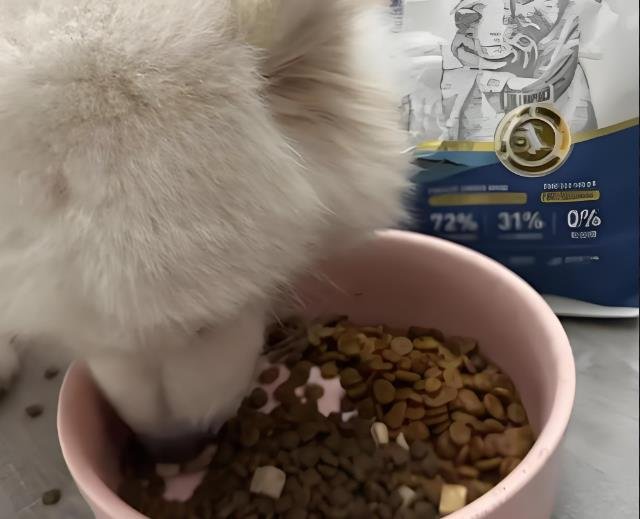IVDD in Dachshunds: Spot the Warning Signs and Protect Your Pup’s Back
Is your Dachshund suddenly acting “off”? Learn how to recognize early signs of spinal issues and take action to keep your wiener dog wagging.
Dachshunds steal hearts with their spunky personalities and iconic long bodies—but that unique build comes with risks. Intervertebral Disc Disease (IVDD) is a spinal condition that affects 1 in 4 Dachshunds in their lifetime. Let’s break down what every owner needs to know, from subtle symptoms to life-saving care tips.

Why Dachshunds Are IVDD Targets
Their adorable sausage shape? It’s a double-edged sword. Short legs and a long spine put immense pressure on their spinal discs. Over time, these cushion-like discs can bulge, rupture, or collapse, pressing on nerves and causing pain or paralysis. While IVDD can strike any dog, Dachshunds often develop it younger than other breeds—sometimes as early as 3-5 years old.
Fun fact meets harsh reality: Those stubby legs were bred for digging into badger dens, but modern-day jumping on couches? That’s a recipe for disaster.
”Is My Dog in Pain?” 7 Red Flags Every Owner Misses
IVDD sneaks up quietly. Early signs are easy to brush off as “just a bad day.” Stay alert for:
• The wobbly walk: Dragging back paws, crossing legs, or stumbling like they’ve had one too many treats.
• The frozen statue: Reluctance to climb stairs, jump, or even move—sudden stillness isn’t laziness!
• The crybaby: Whimpering when picked up or touched near the spine (Dachshunds are tough—vocalizing pain means serious discomfort).
• The potty rebel: Accidents in house-trained dogs signal weakness or loss of bladder control.
• The hunchback: An arched back or tucked tail screams “my spine hurts!”
• Shiver me timbers: Trembling unrelated to cold or excitement.
• The limp noodle: Partial or full paralysis in back legs—act immediately if this happens!
Real talk: One minute they’re chasing squirrels; the next, they can’t stand. IVDD can escalate FAST.

ER or Wait-and-See? Your Action Plan
🚨 Rush to the vet if:
• Your dog can’t walk or stand
• You notice sudden paralysis
• They’re in visible distress (panting, crying)
🩺 Schedule a checkup for:
• Mild limping or stiffness
• Reduced playfulness
• Occasional accidents
Vets use MRIs or X-rays to locate damaged discs. Treatment depends on severity:
- Crate Jail (It’s for Their Own Good!)
• Strict rest for 3-6 weeks in a small crate/pen • Meds to reduce swelling and pain • Leash-only potty breaks (no running!) - Surgery: The Big Decision
• Needed for severe cases (approx. 3k−10k) • Removes disc material pressing on the spine • 48-78% regain mobility with prompt surgery
Pro tip: Post-op care is KEY. Think physical therapy, ramps everywhere, and weight management.
5 Ways to Bulletproof Your Dachshund’s Spine
- Harness > Collar
Neck pressure strains their spine. Opt for a Y-shaped harness that distributes weight evenly. - Ramp Life
Ban jumping! Use ramps for couches/beds. (Yes, even for that “quick hop” they love.) - Chubby = Ouch
Extra weight = spinal strain. Stick to lean meals and avoid table scraps. - Low-Impact Fun
Swap fetch for sniff walks or puzzle toys. Swimming is golden—it strengthens muscles without spine stress. - Early Detection Saves Lives
Regular vet checks catch subtle changes. Ask about supplements like glucosamine for joint support.
IVDD Isn’t a Death Sentence
With quick action, many Dachshunds bounce back. I’ve seen wheelchair dogs live joyful lives! The key? Stay vigilant, minimize risks, and shower them with love (preferably while keeping all four paws on the ground).
Your turn: Share your Dachshund’s story below. What tricks do you use to protect their back? Let’s build a supportive community for these brave little warriors!


